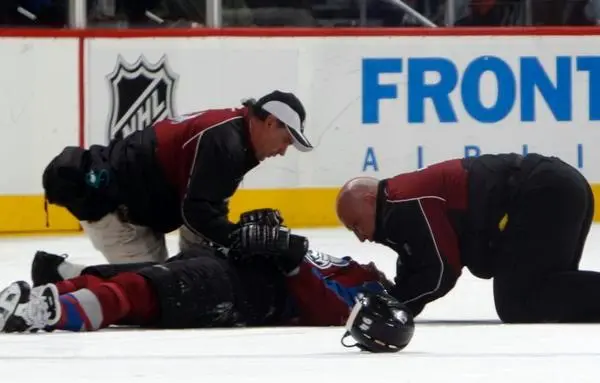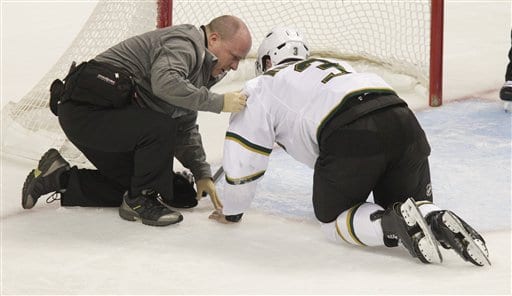Hockey is an exhilarating and fast-paced sport, but its intensity also comes with a higher risk of injuries. From sprains and strains to concussions and broken bones, even seasoned players aren’t immune to setbacks. Understanding how to prevent common hockey injuries is key to staying healthy, performing your best, and enjoying the game for years to come.

The Importance of Proper Warm-Ups and Stretching
A proper warm-up and stretching routine is one of the most effective ways to prevent injuries in hockey. Skating at high speeds, sudden stops, and quick direction changes place significant stress on your muscles, joints, and ligaments. Warming up increases blood flow, raises your body temperature, and prepares your muscles for intense activity, reducing the risk of strains or pulls. Dynamic stretches such as leg swings, arm circles, and torso rotations are especially beneficial before hitting the ice, as they improve flexibility and mobility without limiting power. After games or practices, gentle static stretches help relax tight muscles and speed up recovery. By dedicating even 10–15 minutes to proper warm-ups and stretching, players can improve their performance, reduce fatigue, and stay injury-free throughout the season.
Improving Skating Technique to Avoid Falls and Collisions
Good skating technique is essential for both performance and safety in hockey. Poor balance, awkward strides, or slow reaction times can lead to falls and dangerous collisions on the ice. By focusing on proper posture: knees bent, chest up, and weight centered over your skates, you improve stability and control. Practicing edge work, crossovers, and quick stops helps you maneuver efficiently in tight spaces and avoid contact with other players. Additionally, learning to keep your head up while skating increases your awareness of the puck, your teammates, and incoming opponents, reducing the likelihood of accidents. Regular technique drills and feedback from coaches can fine-tune your skills, making you a more confident and agile skater. This not only boosts your performance but also plays a key role in preventing injuries.
The Role of Rest and Recovery in Staying Injury-Free
Rest and recovery are just as important as training when it comes to preventing hockey injuries. The physical demands of the sport: high-speed skating, sudden stops, and physical contact, all put significant strain on muscles, joints, and connective tissues. Without adequate rest, fatigue builds up, increasing the risk of overuse injuries and reducing performance. Trying out rest days in your training schedule allows your body to repair microtears in muscle fibers and reload energy stores. Recovery practices such as stretching, foam rolling, ice baths, and proper sleep also help reduce soreness and improve mobility. Even light activities like walking or gentle yoga can promote circulation and speed healing without adding extra stress. By prioritizing rest and recovery alongside your training, you’ll stay stronger, reduce your injury risk, and perform at your best throughout the season.
Conclusion
Preventing injuries in hockey requires a proactive approach that combines preparation, technique, and self-care. By warming up properly, improving your skating, wearing the right gear, and prioritizing rest and recovery, you’ll reduce risks and boost performance. Staying injury-free lets you focus on what matters most, enjoying the game and playing your best.

